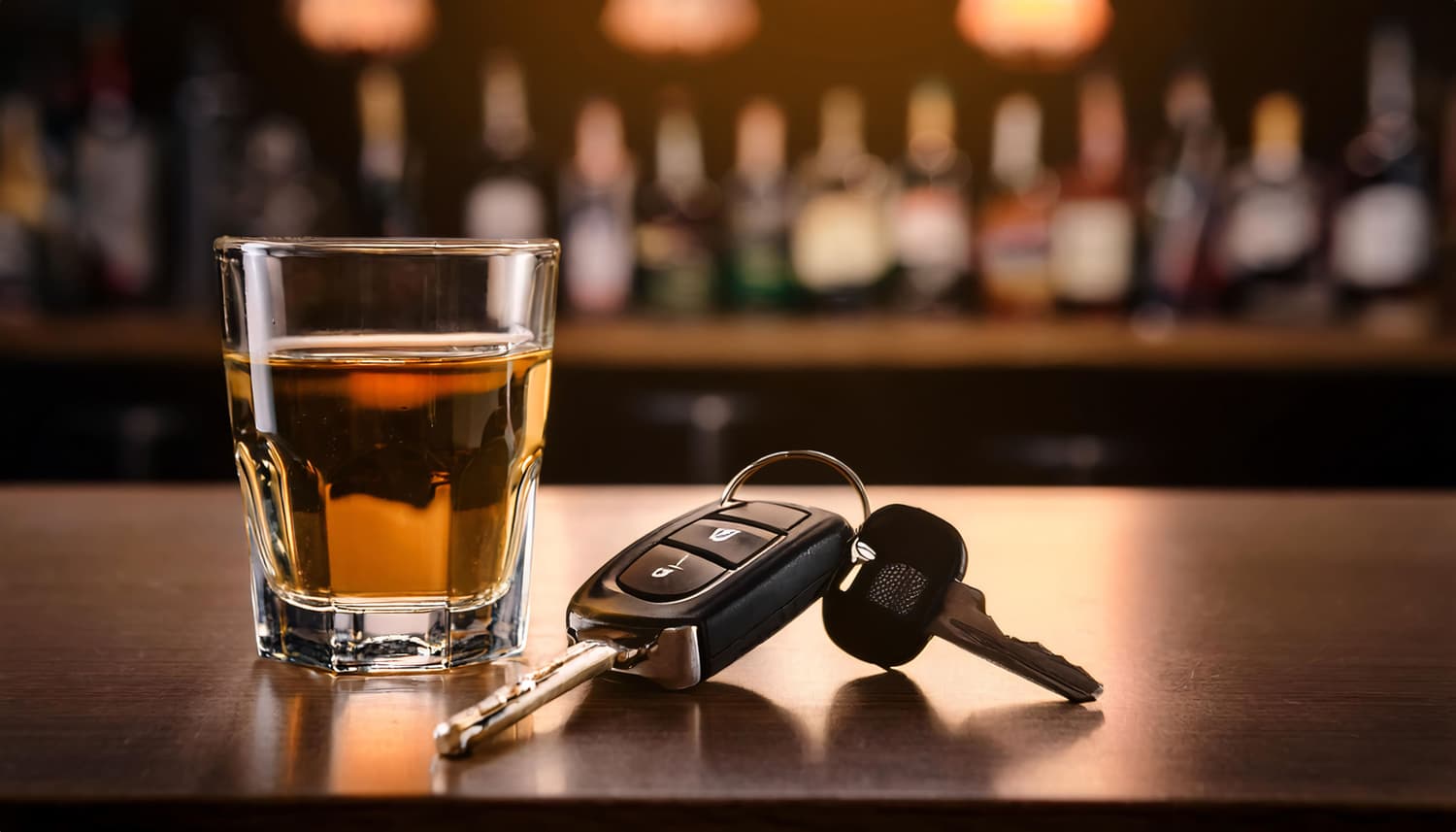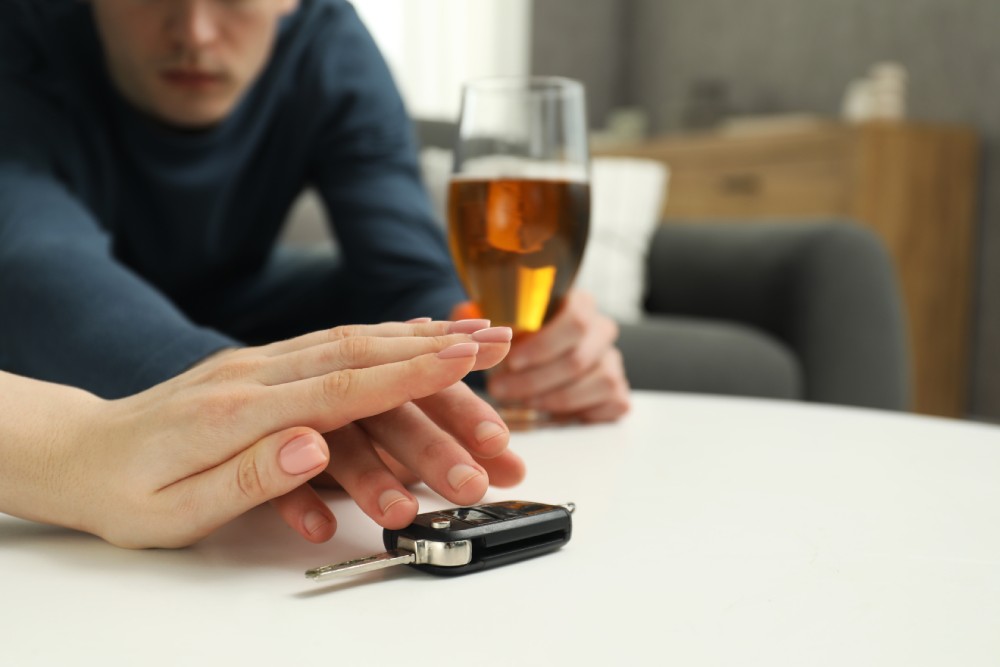If you’ve ever wondered what is the DWI limit, you’re not alone. The term pops up in traffic stops, late-night news reports, and courtroom dramas—but few drivers truly understand what it means, how it’s measured, or what consequences it carries. Knowing your legal boundaries behind the wheel isn’t just responsible—it’s essential for avoiding arrest, costly legal trouble, and even the loss of your driving privileges.
In this in-depth guide to understanding the DWI limit, we’ll explore the numbers, the science, the legal definitions, and the real-world implications. We’ll also share relatable stories and practical advice to help you grasp the DWI limit like never before.
Whether you’re a new driver or someone who’s just trying to stay out of trouble on Friday nights, this article breaks down what the DWI limit is, why it matters, and how it affects your life more than you might think.

What Is the DWI Limit?
Let’s start with the basics. In the United States, the DWI limit typically refers to the maximum blood alcohol concentration (BAC) level a driver can legally have before being considered impaired or intoxicated. This number is almost always 0.08% for adult drivers operating non-commercial vehicles.
If your BAC is 0.08% or higher, law enforcement can charge you with driving while intoxicated (DWI) in most states. That percentage represents the amount of alcohol in your bloodstream. For example, a BAC of 0.08% means there are 0.08 grams of alcohol for every 100 milliliters of blood.
Different states may label the offense as DUI (driving under the influence) or DWI (driving while intoxicated), but the threshold is largely the same.
That being said, understanding what is the DWI limit involves more than just memorizing a number. Your BAC can be influenced by your weight, gender, how much you’ve eaten, and even how fast you drank your alcohol. So, two people can drink the same amount and end up with very different BAC levels.
Real-Life Story: Mark’s Wake-Up Call
Mark was a 32-year-old accountant in Dallas who rarely drank. One night at a wedding reception, he had three glasses of champagne over two hours. Feeling fine, he got behind the wheel to drive home. Minutes later, a patrol car pulled him over for a broken tail light.
The officer smelled alcohol and asked Mark to perform a field sobriety test. Mark complied. He even passed a few of the balance exercises. But when he took a breathalyzer test, his BAC read 0.09%—just over the legal DWI limit.
Even though Mark didn’t feel impaired, he was charged with DWI. He spent the night in jail and faced months of court dates, fines, and a suspended license. His story is a perfect example of why understanding the DWI limit is about more than just feeling sober.
The Science Behind BAC: How It’s Measured
To fully understand what is the DWI limit, you need to understand how BAC is calculated. There are a few key ways police determine your BAC:
1. Breath Tests
These are the most common tools used during roadside stops. Devices like theIntoxilyzer estimate your BAC based on the alcohol content in your breath. They’re quick but can be influenced by recent mouthwash, burping, or even acid reflux.
2. Blood Tests
More accurate than breath tests, blood draws are usually done at a hospital or police station. They directly measure the amount of alcohol in your blood. However, results take longer and require proper handling. Any mishandling or delay in storage can compromise the accuracy and admissibility of the results in court.
3. Urine Tests
Less commonly used, these are typically reserved for situations involving drugs or when other tests aren’t available. They are considered less reliable for measuring real-time alcohol impairment compared to breath or blood tests.
Understanding how these tests work helps you better interpret what is the DWI limit and how the state proves intoxication. Knowing the strengths and weaknesses of each test method can also help you and your attorney build a more effective defense if you’re ever charged.

DWI Limits Aren’t One-Size-Fits-All
While the standard DWI limit for adults is 0.08%, several categories of drivers face lower thresholds—or even zero tolerance.
Commercial Drivers
If you operate a commercial vehicle (like a semi-truck), you’re held to a stricter standard. The DWI limit for commercial drivers is typically 0.04%. That’s just half the limit for regular drivers.
Underage Drivers
Most states have zero-tolerance laws for drivers under 21. That means any detectable amount of alcohol in their system—sometimes as low as 0.01% or 0.02%—can lead to a DUI or DWI charge.
Repeat Offenders
Some states impose even stricter limits for drivers with priorDWI convictions. In these cases, even a BAC of 0.05% might be enough to trigger legal consequences.
So when asking what is the DWI limit, it’s critical to know what category of driver you are. The line moves depending on your status and history.
How Much Can You Drink Before Reaching the DWI Limit?
Here’s where things get a little tricky. There’s no magic number of drinks that will keep everyone under the DWI limit, but general guidelines can help.
On average:
- A 180-pound man might reach a BAC of 0.08% after 4 drinks in an hour
- A 140-pound woman might hit that level after just 2-3 drinks
But this varies dramatically based on:
- Metabolism
- Food intake
- Drinking speed
- Type of alcohol consumed
Even medications and dehydration can push your BAC higher than expected. This is why guessing whether you’re “okay to drive” is such a dangerous game. The only way to know for sure you’re under the DWI limit is not to drive after drinking.
Legal Consequences of Crossing the DWI Limit
Violating the DWI limit carries heavy consequences—many of which can follow you for years.
First-Time Offense
- Fines up to $2,000
- Jail time (often 3 to 180 days)
- License suspension (90 days to a year)
- DWI education programs
- Ignition interlock device requirement

Repeat Offenders
- Heavier fines (up to $10,000)
- Longer jail terms
- Longer license suspensions or revocation
- Felony charges in some cases
- Mandatory rehab or alcohol monitoring
All of this happens even if you don’t cause an accident. The legal system treats going over the DWI limit as a public safety threat, and prosecutors are trained to seek tough penalties.
Field Sobriety Tests vs. BAC Tests
Some people think they can beat a DUI charge by performing well on field sobriety tests. While these tests do play a role, they don’t override your BAC results. Officers primarily use them to gauge whether someone may be under the influence before moving forward with more definitive testing. Relying on your physical performance instead of actual blood alcohol data is a risky misunderstanding of how DUI law works.
If you’re over the DWI limit, failing or passing the field sobriety tests won’t matter much. However, officers use these tests to establish probable cause before asking for a chemical test. This means that even if you feel fine, poor coordination or confusion during these tests can work against you. Nervousness, fatigue, or unfamiliarity with the tasks can mimic intoxication, giving officers further justification to proceed with arrest.
The real takeaway? Don’t assume that because you can “walk the line,” you’re safe from charges. The DWI limit is what determines legal intoxication—not your perception of impairment. Courts rely heavily on BAC numbers, not subjective opinions about how sober someone “seems,” and juries are instructed to do the same.
Can You Refuse a BAC Test?
In most states, including Texas, refusing a chemical BAC test triggers implied consent laws. This means that by driving on public roads, you’ve already agreed to take such tests if lawfully requested.
If you refuse:
- Your license can be suspended for up to 180 days
- You may be arrested anyway
- Prosecutors can use your refusal as evidence in court
So, while you have a right to refuse, it usually backfires. And remember, police may still obtain a warrant to draw your blood if they suspect you’re over the DWI limit.
How to Stay Safe (and Legal)
Knowing what is the DWI limit should lead to one key conclusion: don’t take chances. Whether you’re at a dinner party or celebrating a promotion, here are ways to stay safe and avoid a DWI:
- Use a breathalyzer: Personal BAC testers are affordable and can help you gauge your level.
- Have a designated driver: Rotate who stays sober among friends.
- Call a ride service: Apps like Uber and Lyft cost far less than a DWI conviction.
- Avoid back-to-back drinks: Spacing them out helps you stay below the DWI limit.
- Wait it out: Alcohol metabolizes at about one drink per hour. Give it time.

Final Thoughts: Know the Limit, Protect Your Future
So, what is the DWI limit? It’s more than a number on a chart. It’s a legal threshold that, once crossed, can derail your finances, freedom, and future. While the science behind BAC is important, the smartest move is to avoid driving after drinking altogether.
Understanding the DWI limit isn’t about fear—it’s about awareness. And when you know your rights, your risks, and your responsibilities, you’re more likely to make decisions that keep you—and everyone else on the road—safe.

